|
Kids hopping in the hallways, stretching to reach the tops of doorways, and making a human ruler stretched along the wall are sure signs that a class is learning about measurement, or that the teacher has disappeared and the kids are acting crazy. Measurement can be lots of fun if it is done with creativity and hands on activities. Kids love to have opportunities to try out new ideas. As soon as you put a measuring tape in a child's hand, you can bet they will start to measure everything around them. Of course, it's important that you show them how to use the equipment correctly if you want accuracy. Non-standard and standard measurementThere's nothing more fun than a ruler that's constantly being moved around the classroom. So when it comes to teaching measurement, I always start by making sure my students understand the importance of a standard measure. In order to do this, they should do lots of activities using non-standard units first that give different results. One of my favourite activities is measuring with shoes. I choose two students with shoe sizes that are very different. We pretend to measure a length where we are going to build a fence. The number of shoe lengths is quite different for each student, so it is easy for the kids to see that we need something more standard to make sure we get the right amount of material needed. This is the perfect time to introduce rulers with inches, feet, and yards, or centimetres and metres, depending on the standard units where they live. Once they get the idea of standard measuring units, add in measuring tapes. There are so many activities that can be done with these tools. See below for more ideas. Measuring is an essential math skill that children need to learn in order to understand concepts like volume, area, and length. There are many different ways to measure things, and it can be tricky for kids to understand all of the different units. However, there are some games and activities that can help make learning about measurement a little bit easier - and even fun! Linear measurement activitiesMeasuring things around the classroom is a great way to get kids interested, and there are plenty of games and activities you can use to keep them engaged. Here are a few ideas. 1. Set up stations around the room with various objects to measure and let the kids rotate around to each station. 2. Do a "measurement scavenger hunt" where kids have to find objects that match specific measurement criteria (e.g., an object that is exactly 10 cm long). 3. Use string to measure things around the class like furniture, doorways or cupboards. Let the kids use a different type of measurement each time e.g. feet/inches or metres/centimetres. 4. Have kids line up in a straight line and then measure them using a standard ruler. 5. Have kids estimate the length of various objects using their arms or feet and then measure the objects to see how accurate they were. 6. Have kids measure their own height or the height of a partner. 7. Estimate and measure! Have the children choose an object - it could be anything from a toy car to a pillow - and then estimate its length. Once they've written down their estimate, they can use a ruler or tape measure to find out its actual length. Volume and weight measurement activitiesUnderstanding volume/capacity and weight is another form of measurement that is necessary for real world use. It is important to have an idea of how much something weighs, how much is needed of various ingredients for cooking meals, how much soil is needed for planting a garden, etc. Doing hands on games and activities will help kids understand this and hopefully apply it to their own life experiences. Here are a few ideas for getting started. 1. Using candy or other small treats, measure out equal amounts into separate containers using standard measurements like cups, tablespoons or millilitres. Let the kids enjoy eating their treats as a reward for completing the task! 2. Get creative cooking! Set up small groups for cooking. Let the kids measure out ingredients using standard or metric measurements. Not only will they be learning about measurement, but they'll also get a delicious treat at the end! 3. Fill up different containers with water (or sand if you're outdoors) and have kids estimate how many litres (or gallons) each container holds. Then use a measuring cup to check their estimates. 4. Build towers! This game is perfect for exploring volume measurement. Give each child a specified amount of building blocks - 1 cup, 2 cups, 3 cups, etc. - and see how tall of a tower they can build with their blocks without letting any spill over. This is also a great opportunity to talk about capacity versus weight - how many blocks does it take to make 1 kilogram? 1 pound? 5. Give each child an object of a different size and have them guess which object is the heaviest, lightest, tallest, etc. Then check to see if the guesses are correct. Other types of measurement activitiesThere are other forms of measurement that we use regularly as well. Time and temperature, for example. There are also many other ways that we use measurement in various subject areas. It is important to spend some time discussing different types of measurement - linear, area, weight, capacity and so on - and what units are used. Depending on the time available, activities could be done to look at more of these uses. Whenever possible, use real-life examples to illustrate measurement concepts. As much as possible, let kids get involved with the actual measuring. This will help them better understand the concepts and make it more enjoyable. If you are looking for some measurement resources for your classroom, here are some suggestions. You can find more by visiting my Measurement category in my TPT store. Measurement Anchor Charts And Conversions Linear Measurement Charts And Examples Measurement Games Team Events This booklet helps to explain the difference between non-standard and standard measurement. It also gives examples. The possibilities are endless! Teaching measurement doesn't have to be boring - by doing activities like these, your kids will be having so much fun they won't even realize they're learning! So get out there and let the kids hop in hallways, stretch to reach to tops of doorways, make human rulers, and start measuring! Related Posts
0 Comments
Leave a Reply. |
About Me Charlene Sequeira
I am a wife, mother of 4, grandmother of 9, and a retired primary and music teacher. I love working with kids and continue to volunteer at school and teach ukulele. Categories
All
|
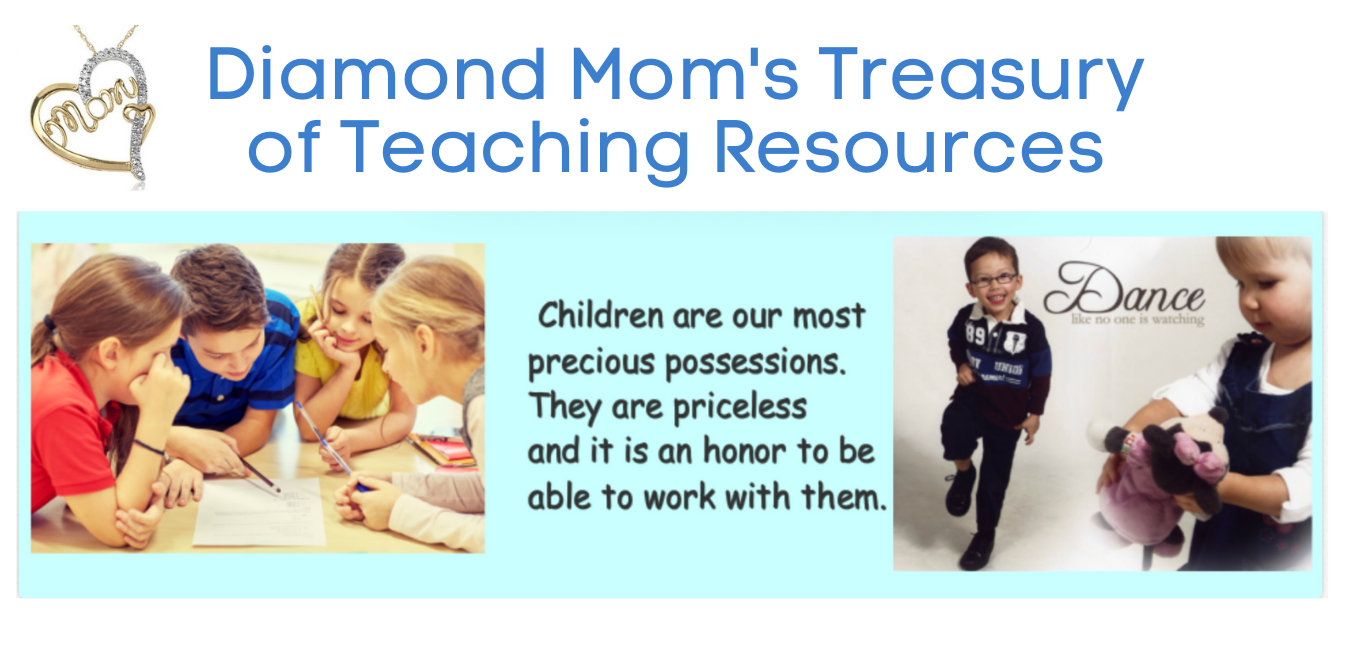
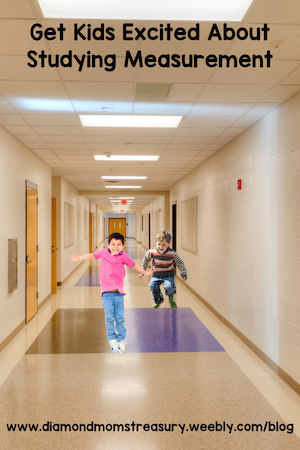
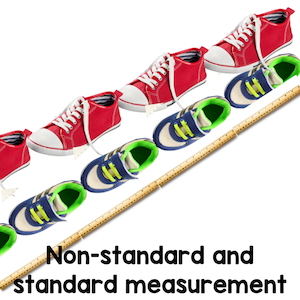
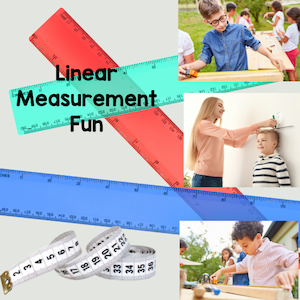
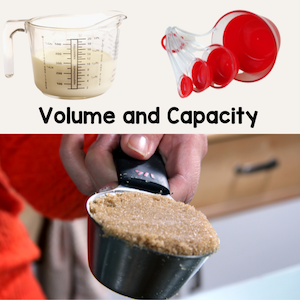
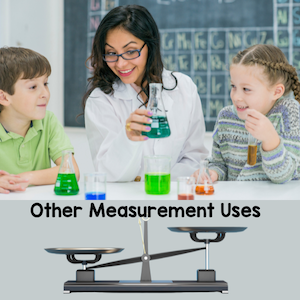
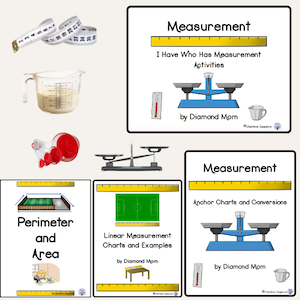
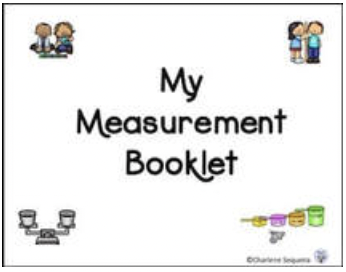
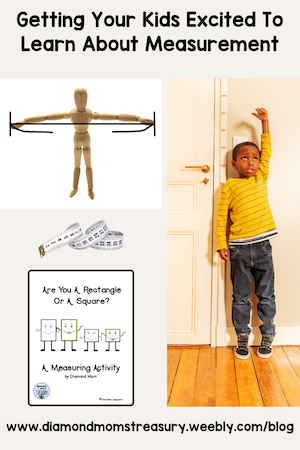
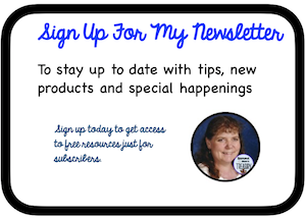
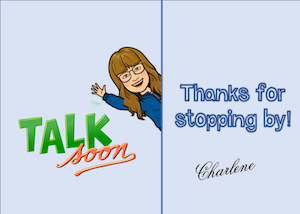
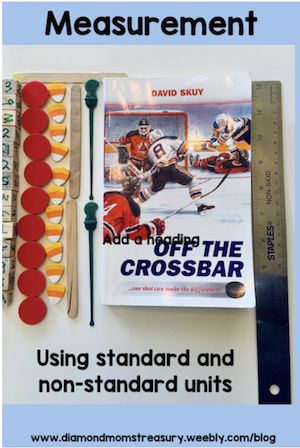
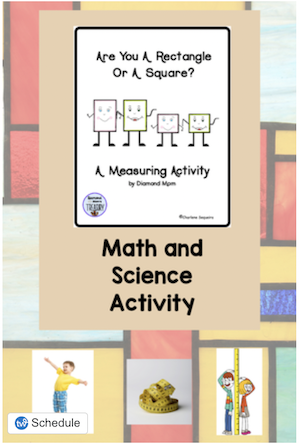
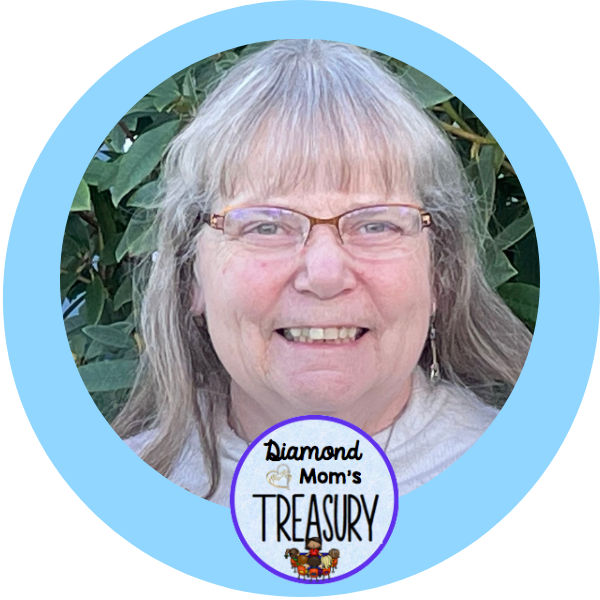

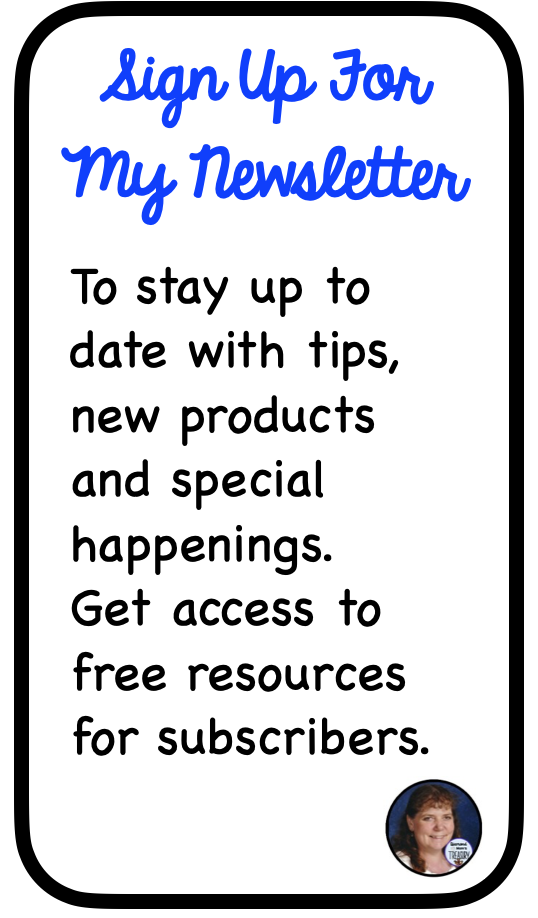
 RSS Feed
RSS Feed